
There’s something about the feel of a thick, green lawn underfoot. But lawns certainly have their drawbacks too. Whether you’re fighting a space where grass won’t grow, you’re tired of all that mowing, or you’d like to see more texture and biodiversity than a lawn allows, the great thing is you have options. Here we share a few alternatives to a traditional turf lawn that we think you’ll enjoy.
Lawns are Great, but…
A wide expanse of clipped green grass is a cool place for bare feet to roam and a soft place for rambunctious kids to land. But lush, green lawns tend to use a lot of mower fuel, water, fertilizer, and pesticides – even more so if challenging conditions don’t support healthy grass. In high-traffic areas, shady spots, or places where it’s always too dry or too wet, you may find yourself losing a costly battle to keep the grass attractive.
And if creating a sustainable landscape is important to you, then a grass lawn won’t help you there either. Whatever motivates a change, at times it makes sense to replace some of your turfgrass with other types of plantings.
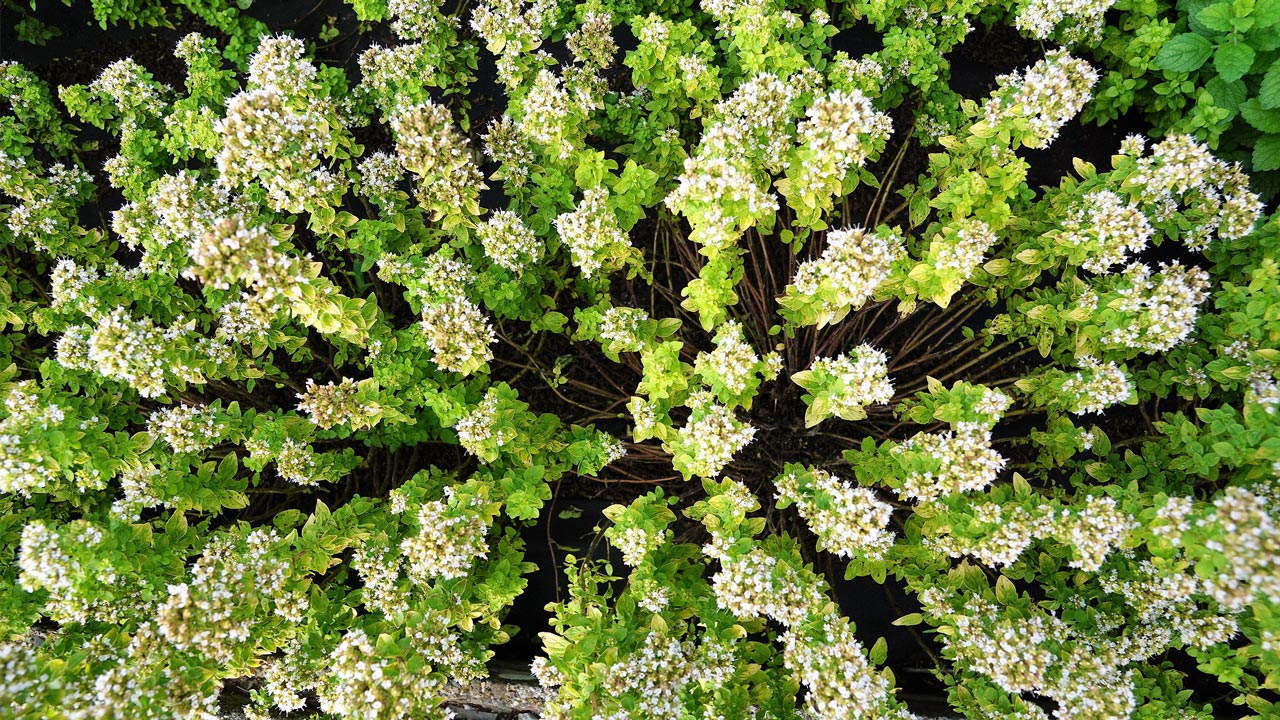
High-Traffic Alternatives
Repeated walking or playing can damage grass and create unattractive bare spots or trails in your lawn. Turn those accidental pathways into intentional landscape features by removing the turf and replacing it with something more traffic-friendly. Start with a trail of steppingstones. Then, soften your new path with a planting of tough and beautiful creeping thyme. In addition to its lovely scent and interesting texture, thyme stays short – so no mowing either. Other perennial beauties that tolerate different levels of foot traffic include ajuga, leptinella, lysimachia, creeping phlox, and groundcover sedum.
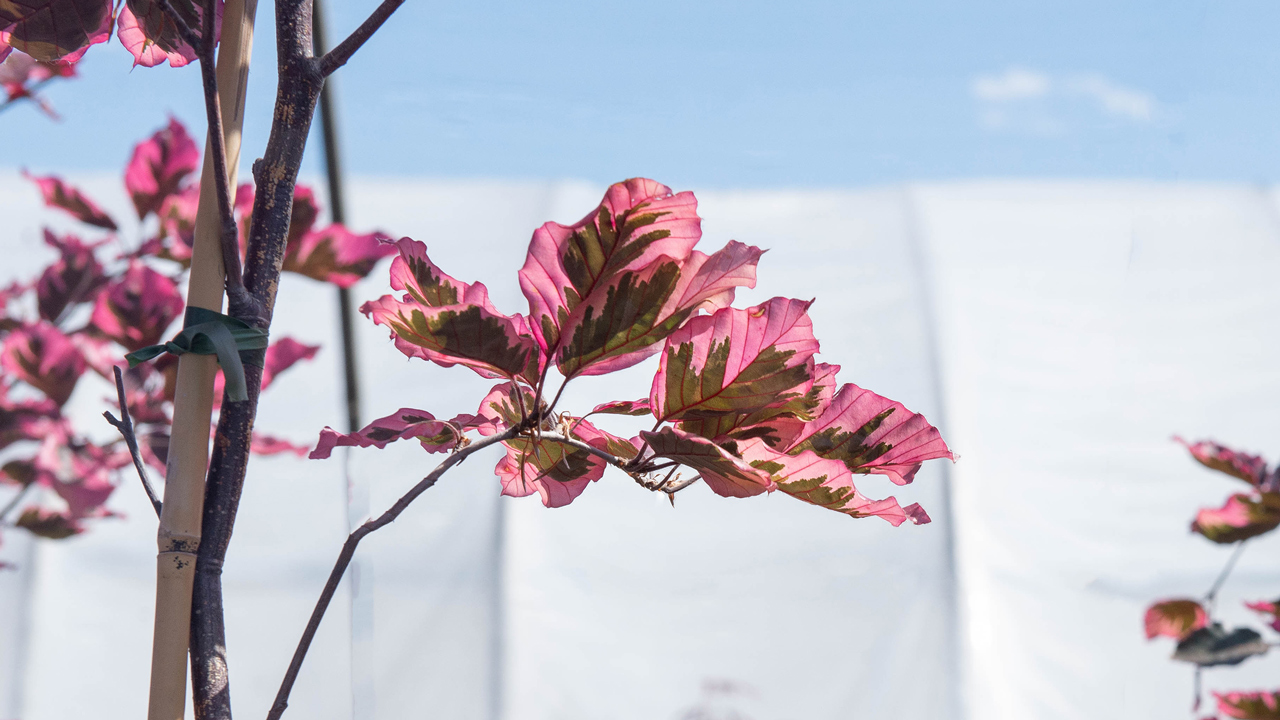
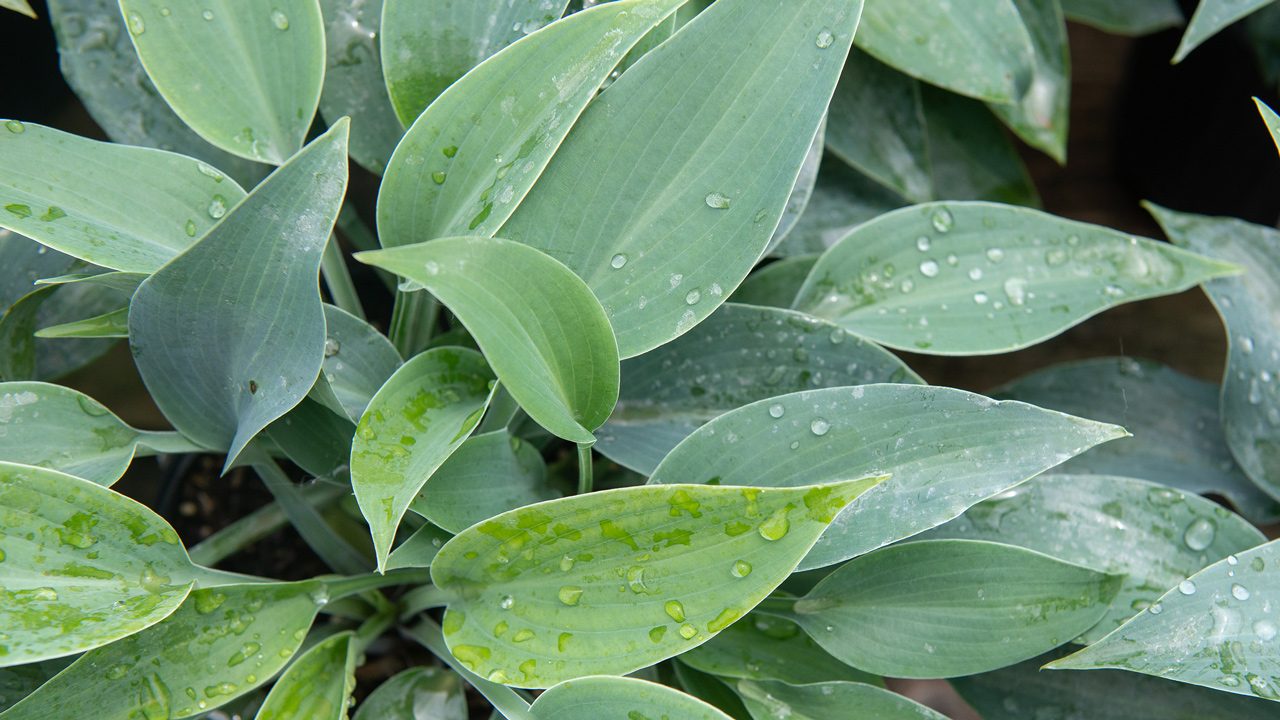
Shade Alternatives
For most grass lawns, deep shade leads to thinning turf that’s hard to keep healthy. In spots like this, it might best to abandon the lawn altogether and convert the space into a low-maintenance, perennial shade garden. But before you assume shade gardens mean no color, take a look at shade-loving bloomers like astilbe, ligularia, columbine, and oakleaf hydrangea. And the beautiful foliage on heuchera, hosta, Japanese painted fern, and ‘Tricolor’ European beech carry loads of color through the season without relying on flowers much at all.

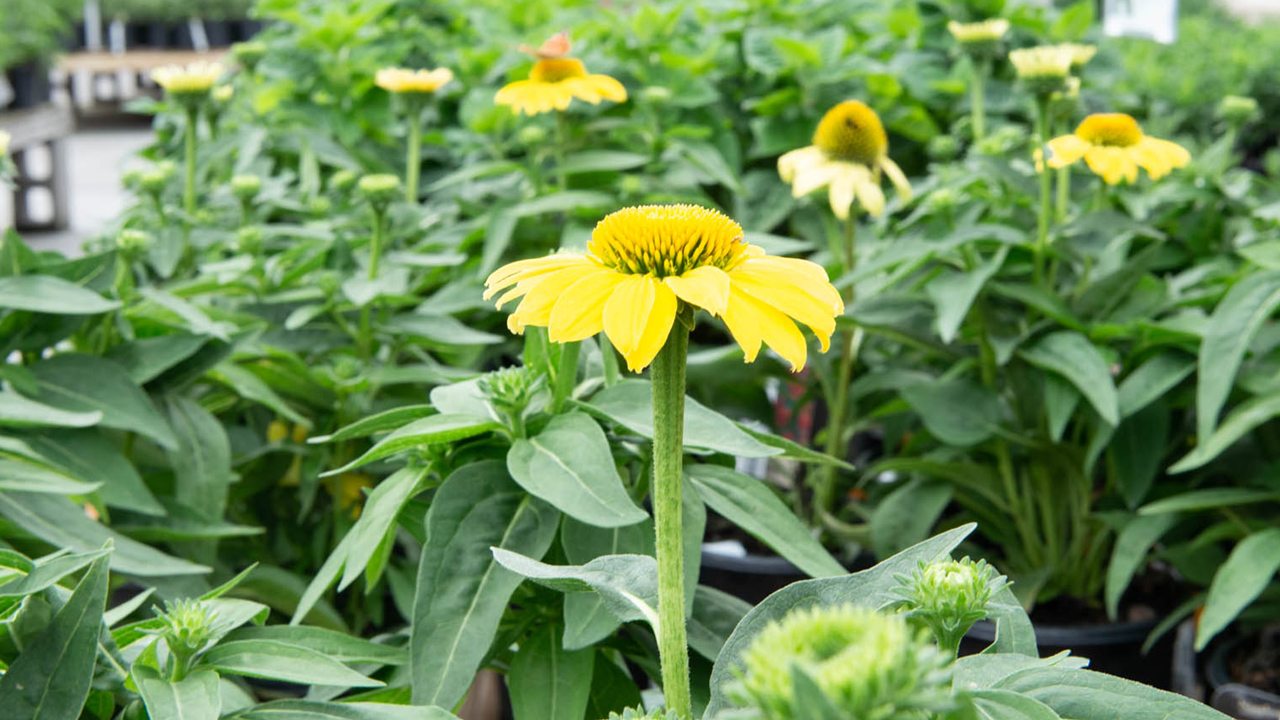
Earth-Friendly Alternatives
To the natural world, a monoculture of short, green grass is a practically sterile zone devoid of food and other critical resources for wildlife. Consider boosting the biodiversity of your yard by replacing some of the lawn with a habitat for the local ecosystem. Native plants – such as coneflower, joe pye weed, liatris, chokeberry, serviceberry, and oak – provide exactly the right food, shelter, and breeding sites that native insects, birds, and other wildlife need to survive and reproduce. And a diverse, pollinator-friendly landscape helps support a variety of beneficial insects too – including pest-fighting partners for your plants.
A carefully situated rain garden can also contain and redirect stormwater runoff before it disappears into the community drain system. And because native plants generally require less water and chemical inputs to stay healthy, a native perennial bed helps reduce our negative impact on the environment in that way too.
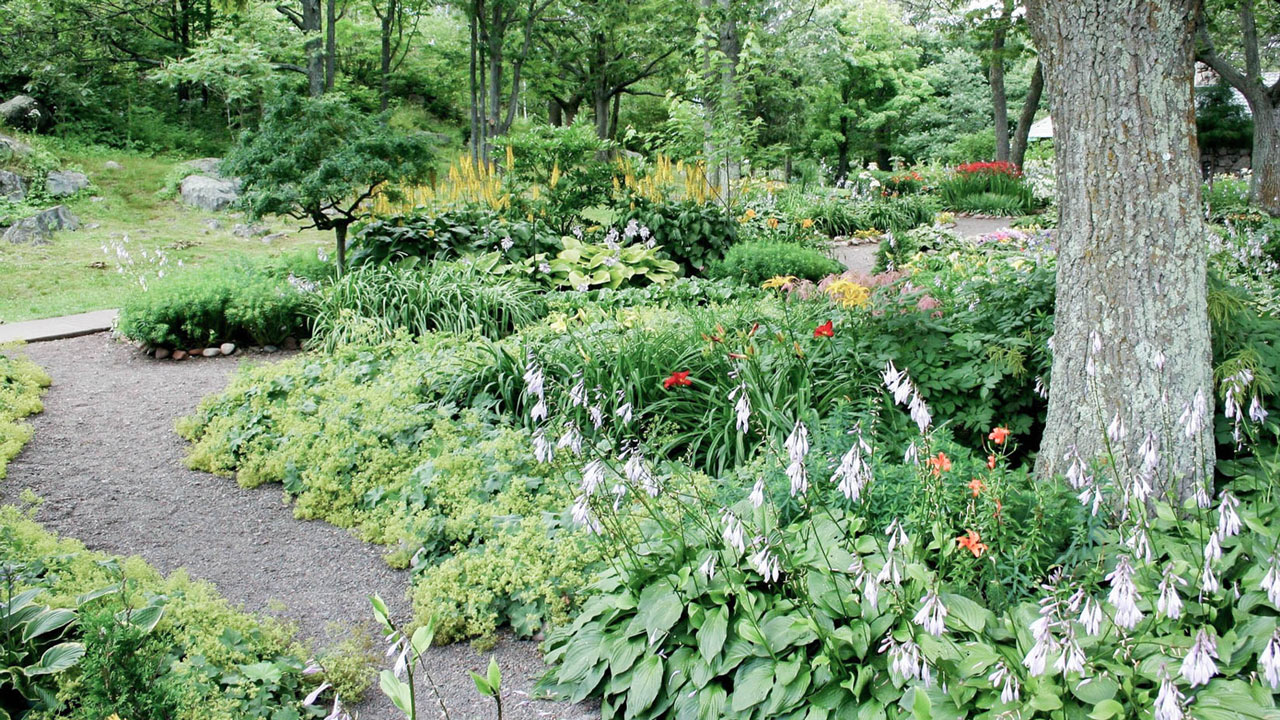
Rethink Your Outdoor Space
Turf lawns have their place, but there are so many other plants we can choose to help us meet our goals for a beautiful and earth-friendly landscape. If you’re curious about the possibility of replacing at least some of your lawn with something more sustainable and less mower-intensive, let’s talk. Drop by the store or give us a call – we’d love to help transform your lawn into something even more amazing.


